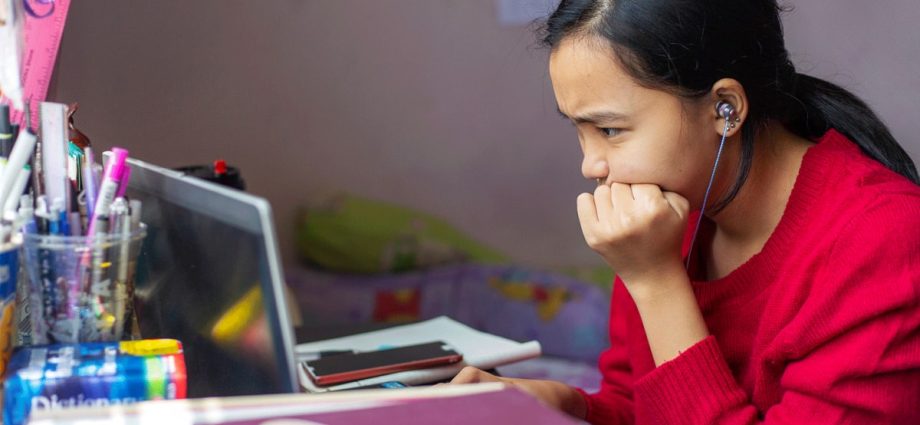
SUPPORT TO STAY IN MAINSTREAM SCHOOLS
With appropriate intervention and support, many can remain in mainstream education. Helping them cope might require teachers with appropriate training and other reasonable accommodations, such as assistive technology or extra time for examinations.
But since dyslexia is characterised by deficits in speech production, phonology education is crucial, said chartered educational psychologist Tan Cheng Yi. After-school interventional classes can help dyslexic individuals recognise language patterns and are customised for each child, according to language therapist Dr Choy.
There are varied programmes of instructions, several of which are influenced by the Orton-Gillingham approach developed in the 1930s, though studies are mixed as to their effectiveness. More high-quality, rigorous research with larger samples of students is needed to fully understand the effects of Orton-Gillingham interventions.
According to the Mayo Clinic, multi-sensory teaching – involving sight, sound, movement and touch – is considered the gold standard for teaching children with dyslexia to read. Educational psychologist Ms Tan suggested activities such as singing the alphabet to help children associate letters with sounds.
For those who cannot grasp phonics, she suggested using the whole-word approach. The approach teaches children to read by sight, by recognising and remembering the shapes of the entire words, rather than individual letters, and pair the words with images or sounds.

